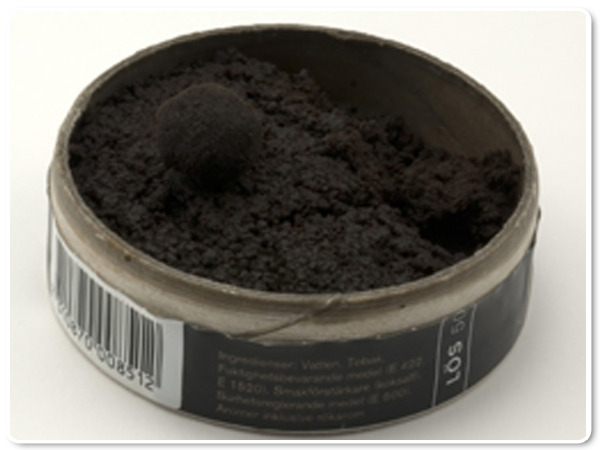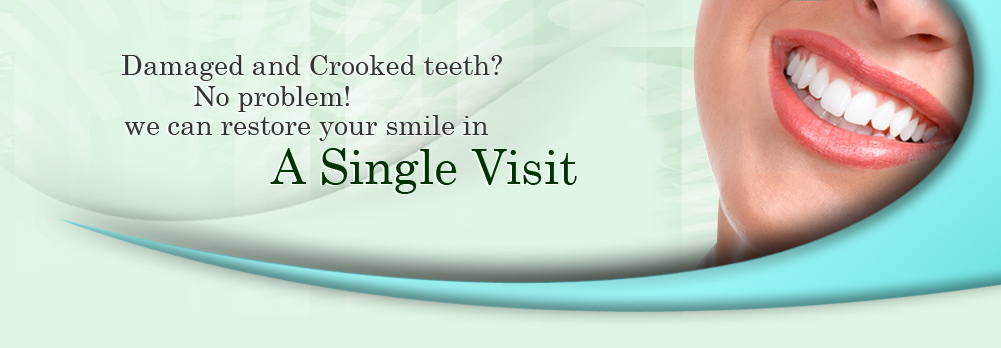Spit Tobacco

Spit tobacco affects your dental health as well as the rest of your body. If you use smokeless tobacco and have thought about quitting, your dentist can help. In the meantime, here are a few facts that may help you decide to join the 200 million Americans who are tobacco-free.
What is spit tobacco?
Spit tobacco includes snuff, a finely ground version of processed tobacco, and chewing tobacco in the form of shredded or pressed bricks and cakes, called plugs, or rope-like strands called twists. Users “pinch” or “dip” tobacco and place a wad in their cheek or between their lower lip and gums. In the United Kingdom, users often snort snuff.
Isn’t it safer than smoking?

Absolutely not. Some wrongly believe that spit tobacco is safer than smoking cigarettes. But spit tobacco is more addictive because it contains higher levels of addictive nicotine than cigarettes and can be harder to quit than cigarettes. One can of snuff delivers as much nicotine as 60 cigarettes.
About 8,000 people die every year from various types of tobacco use. About 70 percent of those deaths are from oral cancer. Other cancers caused by tobacco include cancer of the pancreas, nasal cavity, urinary tract, esophagus, pharynx, larynx, intestines, and stomach. Kids who use spit tobacco products are 4 to 6 times more likely to develop oral cancer than non-users and tobacco juice-related cancers can form within five years of regular use. Among high school seniors who have ever used spit tobacco, almost three-fourths began by the ninth grade.
How do snuff and chewing tobacco harm my dental health?
It causes bad breath, discolors teeth, and promotes tooth decay that leads to tooth loss. Spit tobacco users have a decreased sense of smell and taste, and they are at greater risk of developing cavities. The grit in snuff eats away at gums, exposing tooth roots that are sensitive to hot and cold temperatures and can be painful. Sugar in spit tobacco causes decay. Spit tobacco users also have a hard time getting their teeth clean.
What about mouth sores?
The most common sign of possible cancer in smokeless tobacco users is leukoplakia, (loo-ko-play-key-ah) a white scaly patch or lesion inside the mouth or lips, common among many spit tobacco users. Red sores are also a warning sign of cancer. Often, signs of precancerous lesions are undetectable. Dentists can diagnose and treat such cases before the condition develops into oral cancer. If a white or red sore appears and doesn’t heal, see your dentist immediately for a test to see if it’s precancerous. Spit tobacco users also should see their dentist every three months, to make sure a problem doesn’t develop. Studies have found that 60 to 78 percent of spit tobacco users have oral lesions.
What are double dippers?
Double dippers, who mix snuff and chewing tobacco, are more likely to develop precancerous lesions than those who use only one type of spit tobacco. Long-term snuff users have a 50 percent greater risk of developing oral cancer than non-users and spit tobacco users are more likely to become cigarette smokers.
How do you kick the habit?
Your dentist can help you kick your spit tobacco habit. In addition to cleaning teeth and treating bad breath and puffy, swollen gums associated with tobacco use, your dentist may prescribe a variety of nicotine replacement therapies, such as the transdermal nicotine patch or chewing gum that helps to wean addicted snuff dippers or tobacco chewers. Nicotine patches are worn for 24 hours over several weeks, supplying a steady flow of nicotine. The four brands of patches are Habitrol, Nicoderm, Nicotrol, and Prostep. Over the course of treatment, the amount of nicotine in the patch decreases. The nicotine patch has a 25 percent success rate. Or you may try nicotine gum therapy on your quit day. One piece of gum is slowly chewed every 1-2 hours. Each piece should be discarded after 20-30 minutes.
Make goals
Make the following goals to quit and never resume chewing or dipping:
- Pick a date and taper use as the date nears. Instead of using spit tobacco, carry substitutes like gum, hard candy, and sunflower seeds.
- Cut back on when and where you dip and chew. Let friends and family know that you’re quitting and solicit their support. If they dip and chew, ask them not to do it around you.
- Make a list of three situations you’re most likely to dip and chew and make every effort to avoid using tobacco at those times.
- Switch to a lower nicotine brand to help cut down your dose.











 My husband and I love Prestonwood Dental. I already wrote a review for Dr. Daftary, and realized I should write one for her practice as well, because she and her entire team are brilliant
My husband and I love Prestonwood Dental. I already wrote a review for Dr. Daftary, and realized I should write one for her practice as well, because she and her entire team are brilliant




